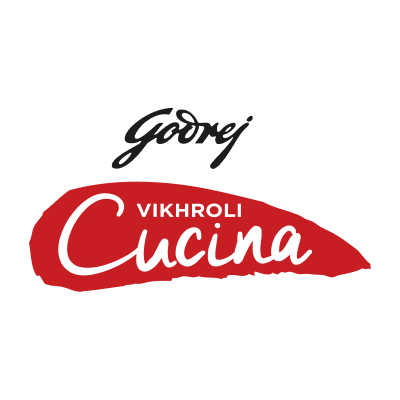
Coffee Habits From Around the World
Coffee has been consumed for centuries. It can be roasted, brewed and enjoyed in an amazing variety of ways. This International Coffee Day (October 1), Bhakti Menon takes a look at coffee habits from around the world.

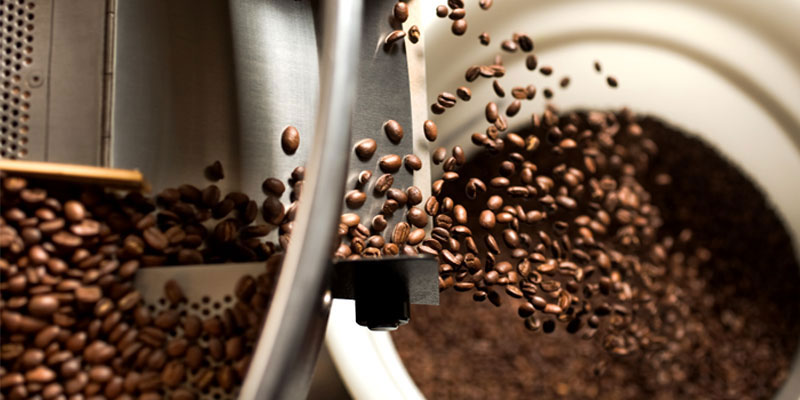
During my recent trip to Finland, our guide proudly declared that the Finns drink the most amount of coffee in the world but preferred lightly roasted blends. This tidbit got me thinking about coffee cultures, both around the world and back home. From the well-known Italian espresso to our own Madras ‘filter kappi’, coffee is a part of social culture and traditions.
Glimpses of global coffee habits
Order a latte in Italy and probably all you will get is milk. Italians like having a different type of coffee according to the time of day. Cappuccino is usually consumed in the morning or along with breakfast and not after meals. Espresso on the other hand can be enjoyed at any time of the day. An interesting point: Italians usually prefer drinking their coffee while standing!
The coffee culture in America is extremely diverse. Most of the coffee is consumed in the morning. Many Americans prefer brews from single cup machines and add cream and sugar to their coffee.
In Australia, people love having ‘flat white’, which is made using steamed milk and a concentrated shot of espresso.
The French drink café au lait that is made with very hot and strong brewed coffee or a double espresso and half milk. The café au lait is served in a thick bol (bowl) and is often accompanied by a plain croissant. During the day, the French prefer petit noir (espresso) or café noir (black coffee), which is occasionally diluted with water.
The Dutch also drink a lot of coffee. They start their day with freshly brewed coffee and sometimes enjoy a koffie verkeerd or “wrong coffee” which is made with lots of milk and served in a glass.
Did you know that Colombia produces some of the best beans in the world? Colombians drink a black, inky coffee called tinto. Generally made with commodity quality beans, tinto is sold out of thermoses on the street.
In Mexico, coffee is known as caffe de la olla. This is traditionally brewed with piloncillo (raw sugar shaped into cones) and cinnamon sticks.
Ethiopia boasts of a traditional coffee ceremony known as Jebena Buna. Green coffee beans are washed and roasted over hot coal and ground to a coarse powder. The beverage is then prepared in a traditional clay pot, sweetened with sugar and served in tiny cups.
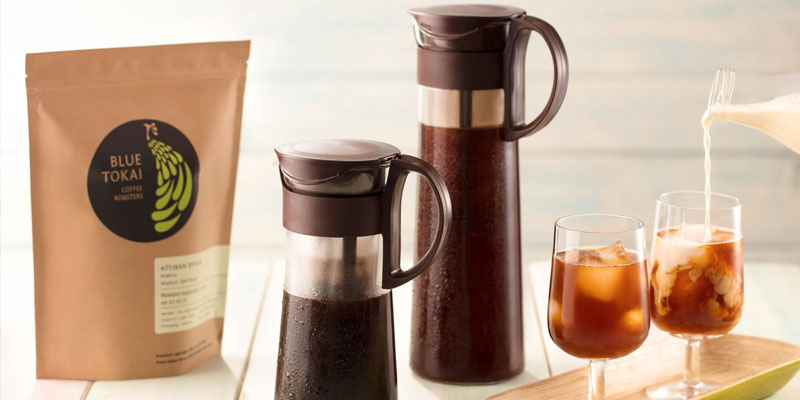
How India came to love coffee
The introduction of coffee to India is an interesting tale in itself. Legend says that in the seventeenth century, a Sufi saint Baba Budan came to India from Mocha (a port city in Yemen) with seven coffee seeds strapped to his chest. Others believe that Arab traders planted coffee along the Malabar coast and consumed it since they believed it aids in digestion.
Coffee has been traditionally grown in the Western Ghats, spread over Karnataka, Kerala and Tamil Nadu. However, in recent years, coffee is being cultivated in Andhra Pradesh, Odisha, Assam, Manipur, Meghalaya and more regions in the North East.
As many as 16 unique coffee varieties are grown in India today. This includes the globally popular Arabica and Robusta varieties. Coffee from India is largely exported to countries such as Australia, Italy, Russia, Korea and others.
Indian filter kappi is extremely popular in south India and is brewed using a special filter. The brew is then served with milk and sugar in a metal tumbler. One of the characteristics of filter coffee is the froth that forms at the top – many south Indians can’t drink their coffee without it!
Coffee habits in India
Blue Tokai Coffee Roasters says that a distinct shift in drinking habits is being seen from instant coffee to brewed coffee. Most of its consumers are from Mumbai, Delhi and Bangalore. Pune, Kolkata, Hyderabad and Goa also have a lot of coffee drinking customer.
The processing method — how the coffee bean is cured at the farm before being roasted — really affects the flavour of the beverage. At Blue Tokai, a unique method called profile roasting helps get the perfect cup of coffee every time. In profile roasting, the temperature of each bean is mapped from the moment it enters the roaster to the moment it gets out.
Clearly, a lot of technique and science goes into bringing out that perfect cup of coffee. And given that coffee is more than just a beverage for many, it isn’t surprising to see this humble brew being celebrated on International Coffee Day.
How do you enjoy your coffee? During a break or as your regular wake-me-up beverage? Do tell us in the comments section.
0 Comment
You may also like
-
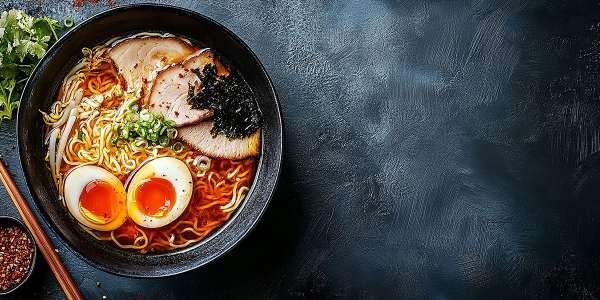
Features The most craved TV food that sparked global cravings
by Vikhroli Cucina
-
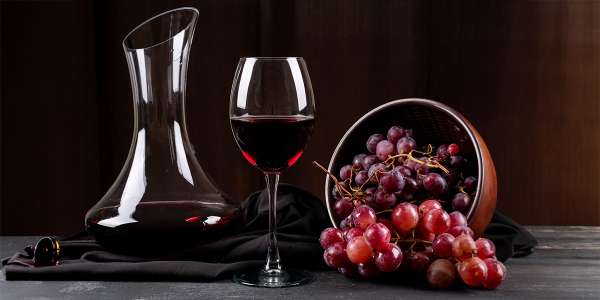
Features The Culinarian's Take: The ultimate holiday wine picking guide with Sula Vineyards
by Vikhroli Cucina
-
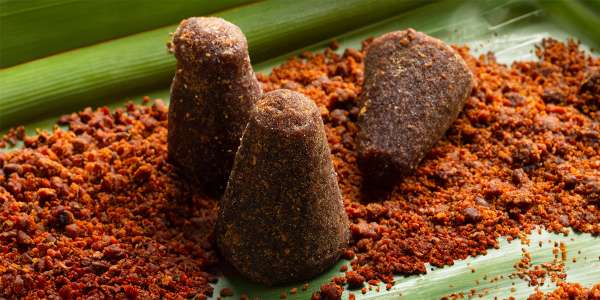
Features How India eats when the weather turns cold
by Vikhroli Cucina
-
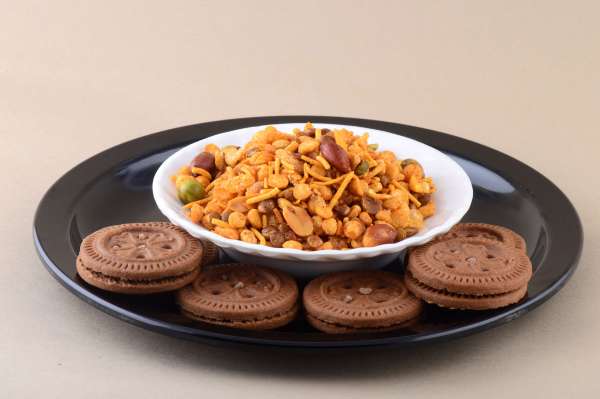
Features What Indian childhood memories taste like…
by Vikhroli Cucina
